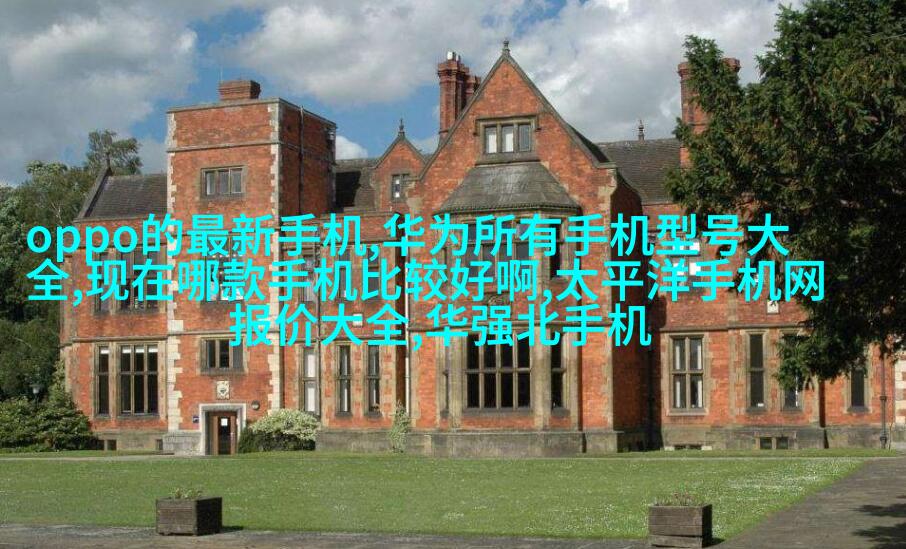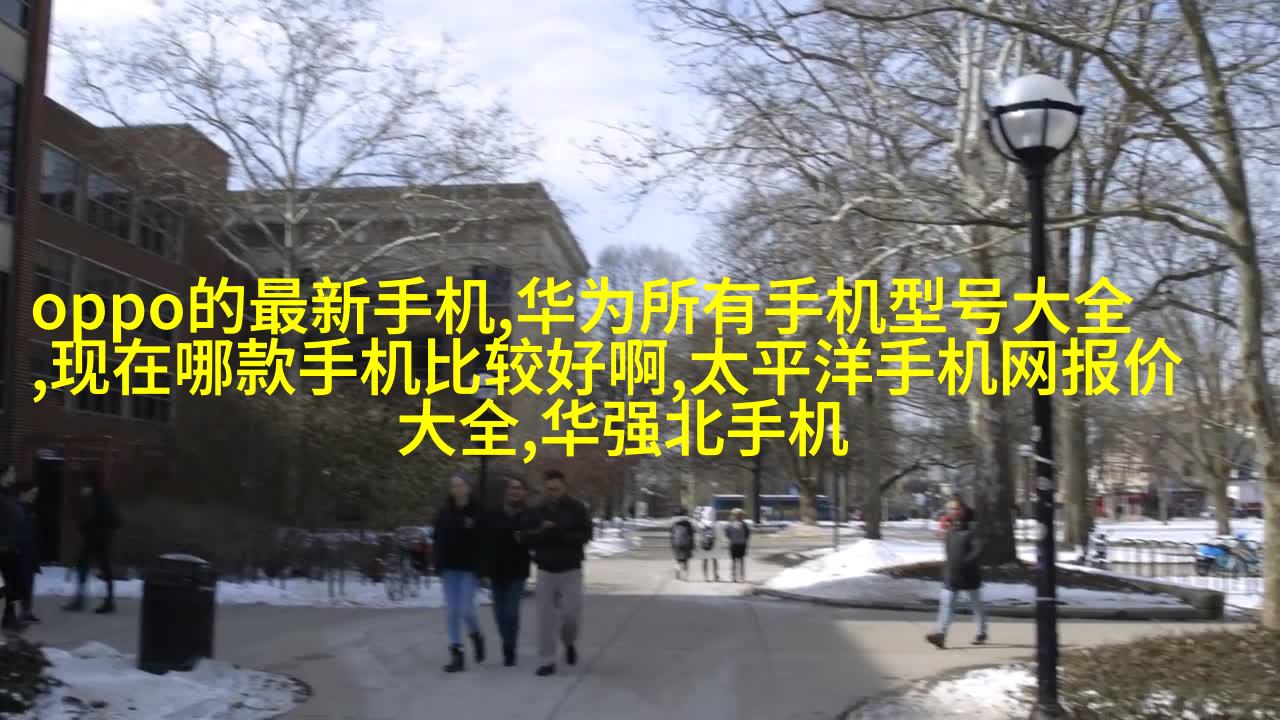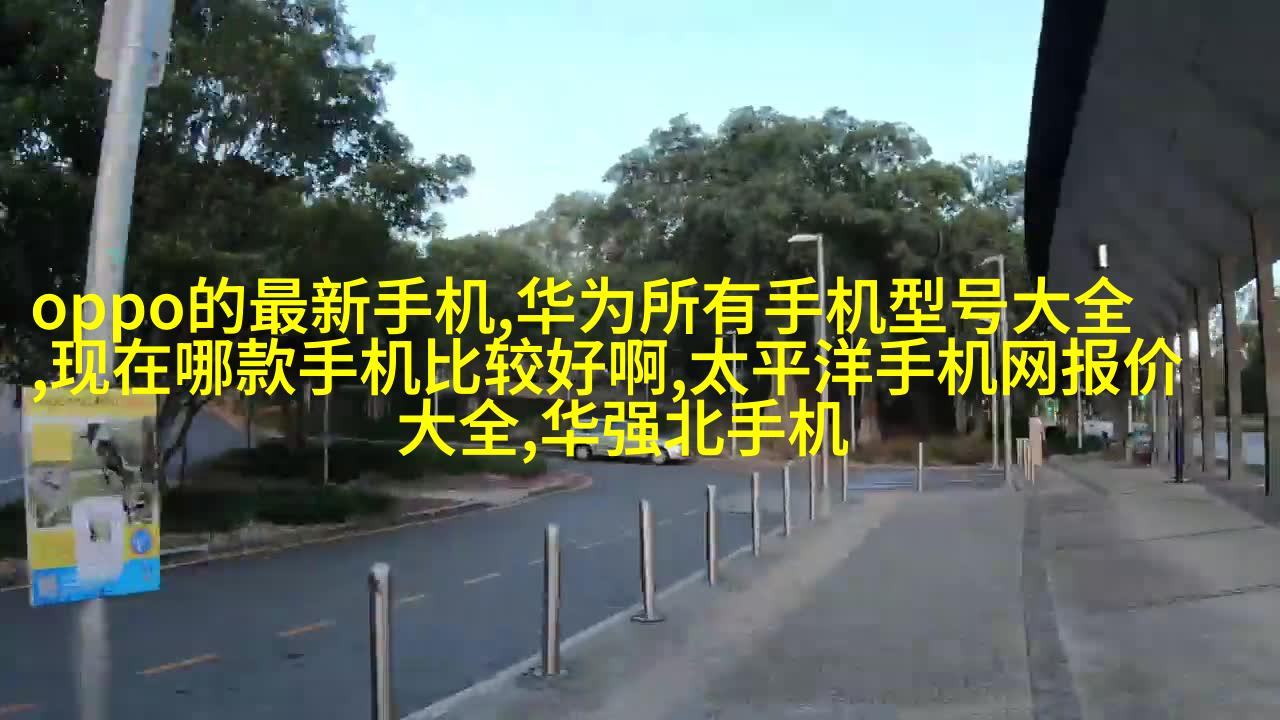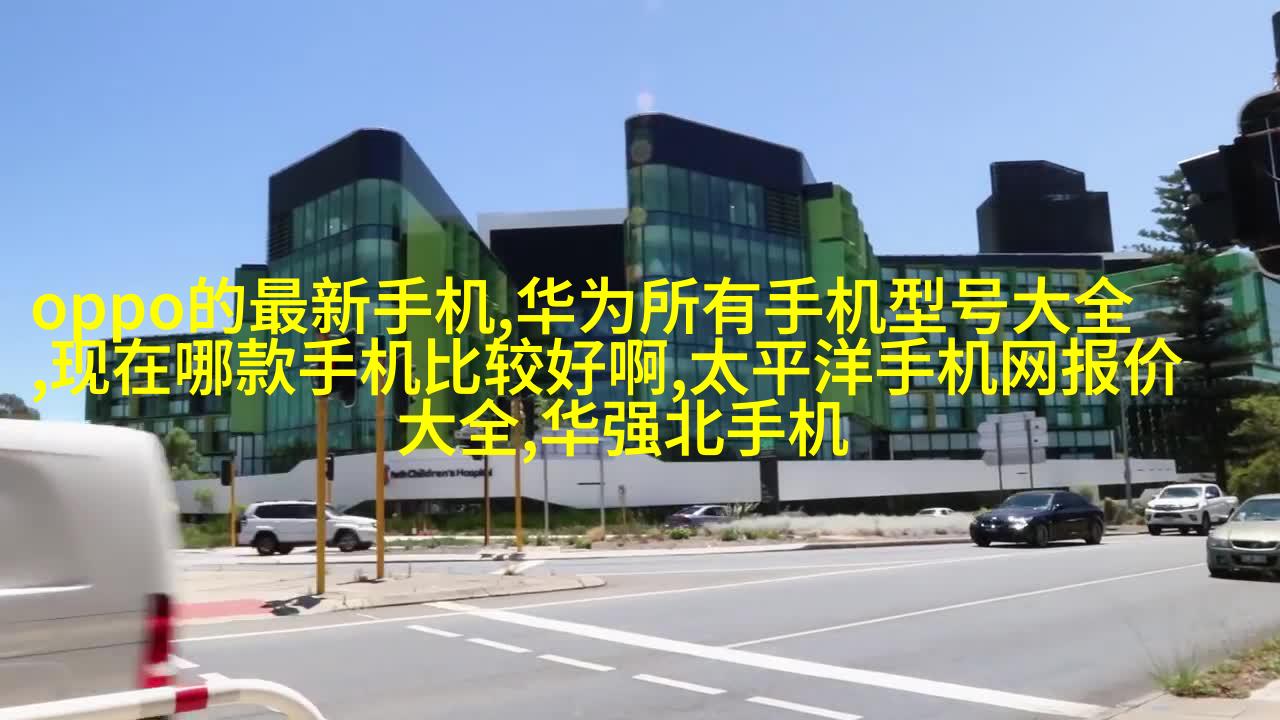
工业废气如何影响城市规划和建筑设计
工业废气的危害对城市规划和建筑设计产生了深远影响。首先,工业废气污染空气质量,使得城市居民面临着呼吸道疾病的风险,这直接影响到他们的生活质量。因此,在制定城市规划时,需要考虑如何减少工业区对居住区的污染影响。

其次,工业废气排放会导致酸雨和酸雾的问题,这些都可以损坏建筑物和绿化带,对于既有的建筑来说是巨大的财产损失,对于未来的建设来说则是一种不可忽视的环境因素。在进行建筑设计时,就必须考虑到这些潜在风险,并采取相应措施,如选择耐腐蚀材料、加强屋顶防水等。
再者,工业废气还会使得光照条件受到限制,因为浓重的烟尘可能阻挡阳光直射,从而影响室内照明。这对于室内装饰设计尤为重要,不仅要确保足够自然光线,还要通过合理布局来弥补不足的地方,比如使用反射灯或增加窗户面积。

此外,由于工业废气含有多种有害物质,它们不仅能被空气中散播,也能够通过降水(如雨水)进入地面上的人造结构中,如道路、车辆等,这就要求在城市基础设施建设中加入更多环保元素,比如采用透水砖、绿色墙体等,以提高表面的滴水性能,同时也能起到过滤作用。
最后,当我们谈及未来,我们需要寻找更高效、更环保的解决方案来处理这些问题。例如,可以采用先进技术将工业废弃物转化为能源,或是在生产过程中实现零排放。但这意味着我们需要从根本上改变我们的生产方式,更注重可持续发展,而不是单纯依赖现有的治理手段来应对问题。

综上所述, industrial waste gas pollution poses a significant threat to the urban planning and building design. It not only affects the health of residents but also has an impact on the durability of buildings and infrastructure, as well as indoor lighting conditions. Therefore, it is essential to take into account these factors when making decisions about urban development and architectural design.
In addition, we need to consider how to reduce the negative effects of industrial waste gas on air quality in urban planning. This can be achieved through careful zoning regulations that separate residential areas from industrial zones or by implementing strict emissions standards for factories.

Furthermore, future solutions must prioritize sustainability and innovation. This may involve investing in new technologies that can convert waste into energy or finding ways to eliminate emissions altogether. By doing so, we can create healthier living environments while minimizing our impact on the planet.
In conclusion, understanding the hazards posed by industrial waste gas is crucial for creating sustainable cities with healthy inhabitants. By incorporating environmental considerations into urban planning and architectural design, we can mitigate these risks and ensure a better future for generations to come.





